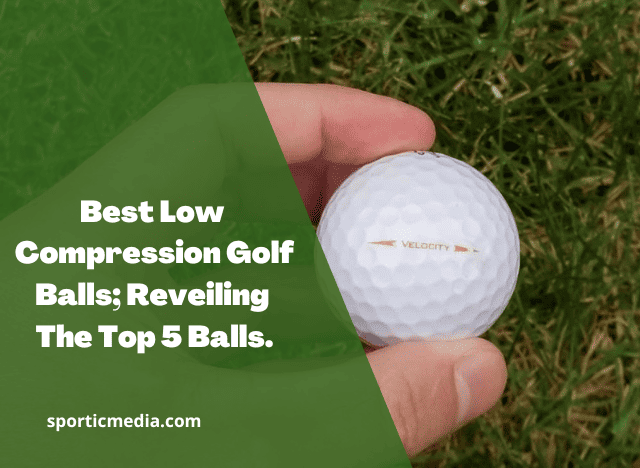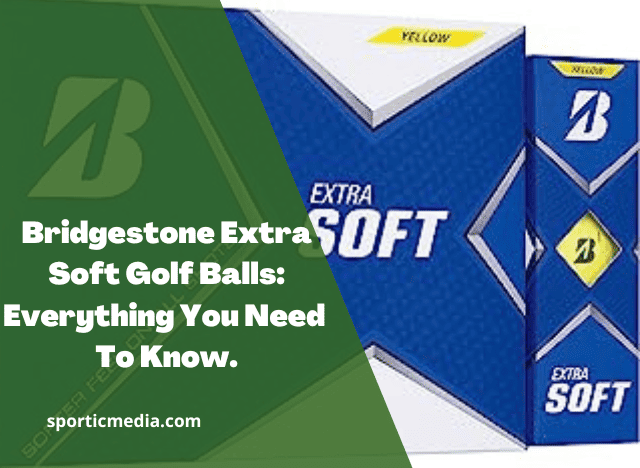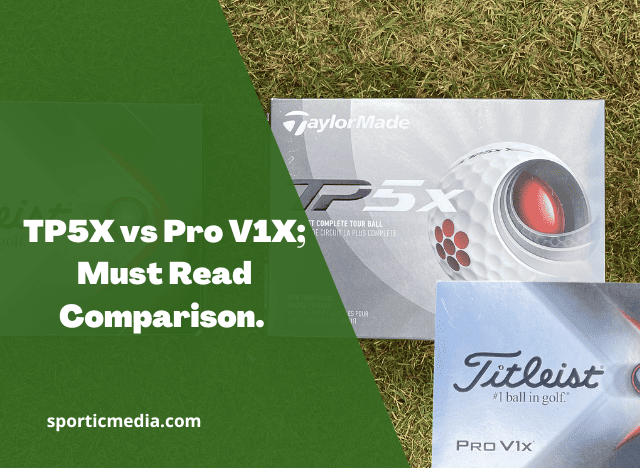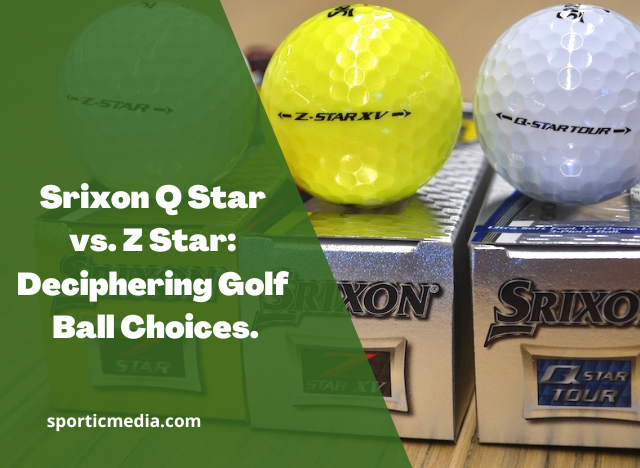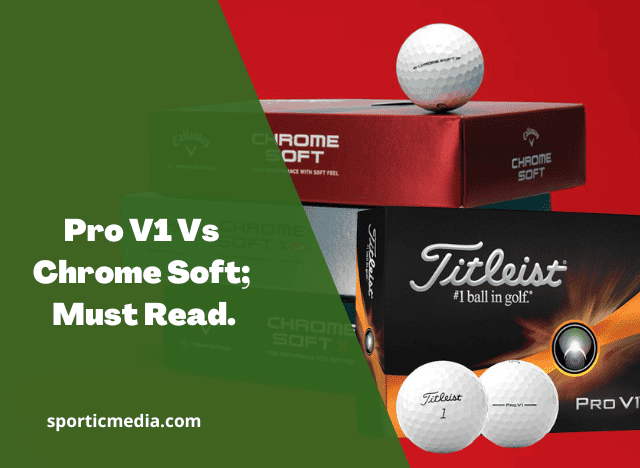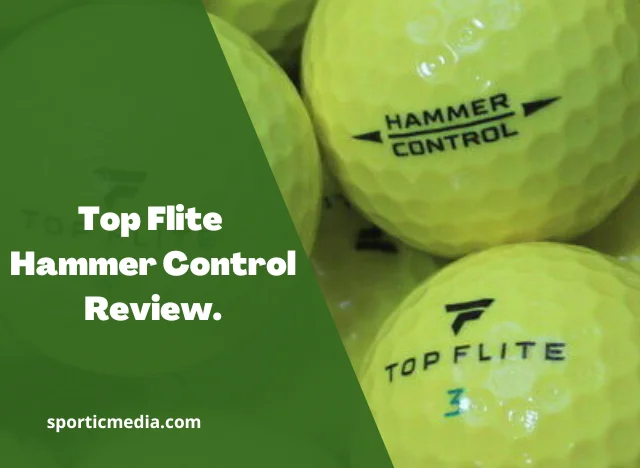In the world of golf, selecting the right golf ball can significantly impact your game. For golfers with slower swing speeds or seeking more control, low compression golf balls are a game-changer.
These specialized balls are designed to compress more upon impact, maximizing distance and accuracy. In this article, we delve into the world of low compression golf balls, exploring the top options to help you make the best choice for your game.
Table of Contents
What are Low Compression Golf Balls?

Low compression golf balls are a type of golf ball designed to have a softer feel and greater deformation upon impact compared to standard or high compression golf balls. Compression refers to the degree to which the ball compresses when struck by the clubface.
Low compression golf balls are typically constructed with a softer core and cover, making them easier to compress, especially for golfers with slower swing speeds. These balls are known for their ability to generate more distance and offer better control for players who require lower-compression options to maximize their performance on the golf course.
What are the Best Low Compression Golf Balls?
Here are descriptions of five of the best low compression golf balls, along with their specifications, pros and cons, and recommended usability:
01. Titleist DT TruSoft
The Titleist DT TruSoft golf ball is renowned for its incredibly soft feel, offering a delightful sensation with every shot. This low compression ball, with a compression rating of approximately 70, strikes an ideal balance between softness and distance.
It provides impressive distance off the tee and maintains good greenside control, making it an excellent choice for golfers with moderate swing speeds. While it may lack the high spin rates preferred by advanced players, its overall performance appeals to those seeking a consistent, soft feel throughout their game.
- Specifications: Compression: Approximately 70, 2-piece construction, 376 dimples.
Pros:
Exceptionally soft feel: The DT TruSoft provides one of the softest feels in the low compression category, making it a favorite among golfers who prioritize feel.
Impressive distance: Despite its softness, it delivers remarkable distance off the tee, thanks to its compression design.
Good greenside control: It offers decent greenside control, allowing for better approach shots and short game performance.
Cons:
Limited greenside spin: Advanced players might find that it lacks the high spin rates needed for precise short game shots and shot shaping.
Usability:
Ideal for golfers with moderate swing speeds (typically below 90 mph) who seek a soft feel and consistent performance across different aspects of their game.
02. Callaway Supersoft
The Callaway Supersoft golf ball is designed to deliver exceptional distance and forgiveness, making it a favorite among golfers seeking maximum yardage. With a remarkably low compression rating of approximately 38, it lives up to its name by providing an incredibly soft feel that’s appreciated by many players.
The Supersoft’s low driver spin promotes straighter drives and increased accuracy off the tee. However, its limited greenside spin may pose challenges for finesse shots around the green. It’s an excellent choice for golfers with slower swing speeds looking to gain extra distance and consistency.
Specifications: Compression: Approximately 38, 2-piece construction, 332 dimples.
Pros:
Incredibly soft feel: The Supersoft lives up to its name with an exceptionally soft feel that’s appreciated by many golfers.
Excellent distance gains: It delivers impressive distance off the tee, making it a go-to option for those looking to maximize their yardage.
Low driver spin: The low spin off the driver leads to straighter drives and enhanced accuracy.
Cons:
Limited greenside spin: The reduced spin around the greens can be a drawback for golfers who rely heavily on finesse shots.
Usability
Suitable for golfers with slower swing speeds looking to gain extra distance and accuracy, especially off the tee.
03. Srixon Soft Feel

The Srixon Soft Feel golf ball is a versatile option that combines both distance and control. With a compression rating of approximately 60, it strikes a balance between softness and performance. This ball offers a soft feel that enhances the overall playing experience and provides good distance performance for golfers looking for all-around improvements.
Additionally, the Soft Feel offers decent greenside control, aiding in approach shots and short game performance. While it may lack the spin rates required by advanced players, it suits golfers with moderate swing speeds seeking an overall improved golf ball performance, especially in terms of feel and control.
Specifications: Compression: Approximately 60, 2-piece construction, 324 dimples.
Pros:
- Soft feel: It provides a soft and responsive feel, enhancing the overall playing experience.
Good distance performance: The Soft Feel offers reliable distance performance for golfers looking for an all-around improvement in their game. - Greenside control: Golfers can expect decent greenside control, helping with approach shots and short game performance.
Cons:
Limited spin: Advanced players may find that it lacks the spin required for precise shot-making.
Usability:
Suitable for golfers with moderate swing speeds who desire an overall improved golf ball performance, particularly focusing on feel and control.
04. Wilson Staff DUO Soft+
The Wilson Staff DUO Soft+ golf ball is engineered to provide an ultra-soft feel, enhanced distance, and accuracy. With an impressively low compression rating of approximately 35, it’s one of the softest-feeling golf balls available. This ball offers a delightful sensation on every shot, making it a favorite among golfers looking for a plush feel.
The DUO Soft+ is known for its remarkable distance performance, ideal for those aiming to maximize their yardage off the tee. Its reduced driver spin also contributes to straighter drives and increased accuracy.
However, it may pose challenges for precise short game shots due to limited greenside spin. Overall, it’s an excellent choice for golfers with slower swing speeds who prioritize a soft feel, maximum distance, and enhanced accuracy throughout their game.
Specifications: Compression: Approximately 35, 2-piece construction, 302 dimples.
Pros:
- Unmatched soft feel: The DUO Soft+ offers one of the softest feels in the industry, providing a delightful sensation on every shot.
- Impressive distance: It delivers remarkable distance, making it suitable for golfers looking to maximize their yardage off the tee.
- Reduced driver spin: The low driver spin contributes to straighter drives and increased accuracy.
Cons:
- Limited greenside spin: Precise short game shots can be challenging due to reduced spin around the greens.
Usability
Ideal for golfers with slower swing speeds and those who prioritize a soft feel, maximum distance, and enhanced accuracy throughout their game.
Project X Shaft Flex Chart + Specs + Review; By A Pro Golfer
sporticmedia.com
05. Bridgestone E6 Soft
The Bridgestone e6 Soft golf ball is tailored for golfers seeking a soft feel, impressive distance, and enhanced accuracy. With a compression rating of approximately 44, it provides a responsive and soft feel throughout the game.
This golf ball offers reliable distance gains, making it suitable for players looking to maximize their yardage. Additionally, the e6 Soft is designed to promote accuracy, contributing to improved overall performance.
It may have limited greenside spin, which could require adjustments for advanced players in their short game strategies. However, it suits golfers with moderate swing speeds seeking an overall improved golf ball performance with an emphasis on soft feel and accuracy.
Specifications: Compression: Approximately 44, 3-piece construction, 326 dimples.
Pros:
- Soft feel: The e6 Soft offers a soft and responsive feel, enhancing the overall playing experience.
- Impressive distance: It provides reliable distance gains, making it suitable for golfers aiming to maximize their yardage.
- Enhanced accuracy: The ball’s design promotes accuracy, contributing to improved overall performance.
Cons:
- Limited greenside spin: Advanced players may need to adjust their short game strategies due to reduced greenside spin.
Usability
Suitable for golfers with moderate swing speeds looking for an overall improved golf
These detailed descriptions provide a comprehensive overview of each golf ball’s characteristics, helping golfers make informed choices based on their specific preferences and playing styles.
Which ball should you choose and what to consider when selecting a ball?

Selecting the right low compression golf ball is crucial for optimizing your game, especially if you have a slower swing speed. Here’s what to consider when choosing a low compression golf ball:
- Swing Speed
- The first and most critical factor is your swing speed. Golfers with slower swing speeds (typically below 90 mph) benefit the most from low compression balls. If you’re unsure about your swing speed, consider getting it measured at a golf shop or using a launch monitor.
- Compression Rating
- Low compression golf balls usually have compression ratings of around 70 or less. Choose a ball with a compression rating that aligns with your swing speed:
- Very Low Compression (below 50): Ideal for extremely slow swing speeds.
- Low Compression (50-70): Suitable for moderate to slow swing speeds.
- Low compression golf balls usually have compression ratings of around 70 or less. Choose a ball with a compression rating that aligns with your swing speed:
- Feel Preference
- Consider your feel preference. Do you prefer an exceptionally soft feel or a more balanced feel that offers a combination of softness and performance?
- Distance vs. Control
- Determine whether you prioritize distance off the tee or enhanced control and greenside play. Some low-compression balls focus more on distance, while others strike a balance between distance and control.
- Budget
- Keep your budget in mind. Premium low-compression golf balls may offer superior performance but can be more expensive. There are also budget-friendly options that provide good value.
- Ball Construction
- Pay attention to the ball’s construction. Most low-compression golf balls are 2-piece or 3-piece designs. A 2-piece ball typically offers more distance, while a 3-piece ball can provide better control and feel.
- Spin Rates
- Consider the spin rates of the ball. Low compression balls tend to have lower driver spin, which can help with accuracy. However, ensure the ball still provides adequate greenside spin for your short game shots.
- Brand and Model
- Explore different brands and models. Each may offer unique features and performance characteristics. It’s a good idea to experiment with a few options to find the one that suits your game best.
- Trial and Error
- Sometimes, the best way to find the right low compression golf ball is through trial and error. Play a few rounds with different balls to see which one feels and performs the best for your swing.
- Professional Advice:
- Consider seeking advice from a golf professional or utilizing ball fitting services offered at golf shops. They can provide personalized recommendations based on your swing and playing style.
In conclusion, choosing the right low-compression golf ball involves considering factors such as swing speed, feel preference, distance vs. control, budget, ball construction, spin rates, and brand/model. By carefully evaluating these factors, you can select a low-compression ball that maximizes your performance on the golf course.
What Does Cadet Mean In Golf Gloves? All You Need To Know
sporticmedia.com
Do softer golf balls go further?
Softer golf balls typically travel farther with longer clubs due to their lower spin rate compared to harder, high compression golf balls. While a harder ball with a higher compression rating offers more spin, granting better control on approach shots, a softer ball’s reduced spin can result in greater distance, especially when hit with drivers or woods.
However, this advantage in distance comes with a trade-off in control precision. Softer balls may not provide the same level of control on greens or during short game play as their harder counterparts, making them more suitable for players prioritizing distance over spin control.
Discover the meticulous and expert-driven process behind our product reviews at Sportic Media. Our comprehensive guide, led by industry veterans, ensures you get the most reliable and detailed insights into golf equipment. Dive into our methodical approach by visiting How We Test Products at Sportic Media: A Comprehensive Guide
.

